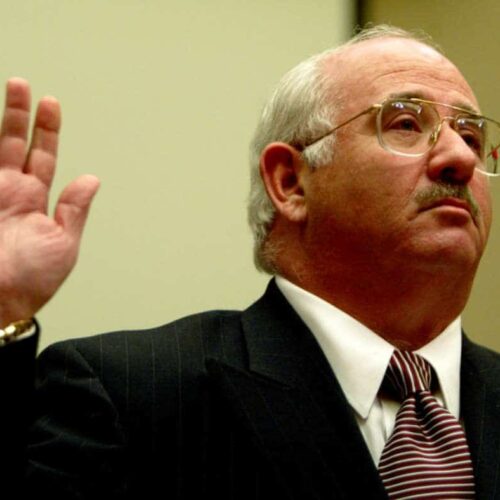Introduction
The Recovery Act infused $35 billion and grand expectations to the Department of Energy – but the reality has been far more sober, the department’s inspector general said in a hearing before the House Committee on Oversight and Government Reform Wednesday.
That reality: Few shovel ready projects and some 100 ongoing investigations.
Gregory Friedman, Energy’s Inspector General, said the DOE programs benefiting from the Recovery Act required so much additional planning, training and other organizational measures it was unrealistic to expect they would create jobs almost instantaneously.
“The concept of ‘shovel ready’ projects became a Recovery Act symbol of expeditiously stimulating the economy and creating jobs,” Friedman said in his testimony, which was released prior to the hearing. “In reality, few actual ‘shovel ready’ projects existed.”
Friedman said his office has more than 100 criminal investigations ongoing, the latest wave of scrutiny for a department already under fire for the failed $535 million investment in the now-bankrupt solar panel manufacturer Solyndra. Questions about Solyndra are likely to escalate amid a San Jose Mercury News report Wednesday that some company executives pocketed bonuses from $37,000 to $60,000 in the months before Solyndra’s collapse and dismissal of 1,100 workers.
Thursday, the scrutiny of the Solyndra financing will likely intensify as a House committee weighs issuing a subpoena to President Obama’s White House for its internal deliberations on the administration’s first loan guarantee.
Friedman would not discuss Solyndra specifics Wednesday, citing the ongoing investigations into the company; when the FBI raided the company’s California plant in September, the Inspector General’s Office was on hand.
Yet Friedman suggested that Solyndra — along with some other recipients of Recovery Act funds — may not have succeeded in the private sector. “Obviously there is a risk, otherwise these firms would not need a government loan guarantee,” he said.
Separately, Friedman’s office has launched numerous Recovery Act investigations. In earlier testimony in March, Friedman said those investigations included “the submission of false information in applications for funding, fraudulent claims for rebates … the directing of contracts and grants to friends and family, weatherization fraud to include mischarging, and other attempts to fraudulently obtain Recovery Act funds.”
Adding to the Department of Energy’s challenges: Managing a Recovery Act bounty that is larger than the department’s fiscal year 2011 budget of $27 billion.
The stimulus money was to be distributed to federal, state and local governments, but Friedman said governments found themselves “overwhelmed” by the amount of money; the department’s long-standing Weatherization Assistance Program received $5 billion — a 10-fold increase over the program’s fiscal year 2009 budget of $450 million.
Resources to implement the various Recovery Act grants were almost always lacking, Friedman said. Ironically, some ground-level personnel had been furloughed, slowing down the creation of jobs.
As of Oct. 22, about 45 percent of Recovery Act funds had not been spent.
Some members of the committee, including Rep. Mike Kelly (R-Pa.), suggested revoking the unspent funds. “We have money that’s been appropriated and not yet spent,” Kelly said. “There’s got to be a way to pull that back.”


Join the conversation
Show Comments